Garuda
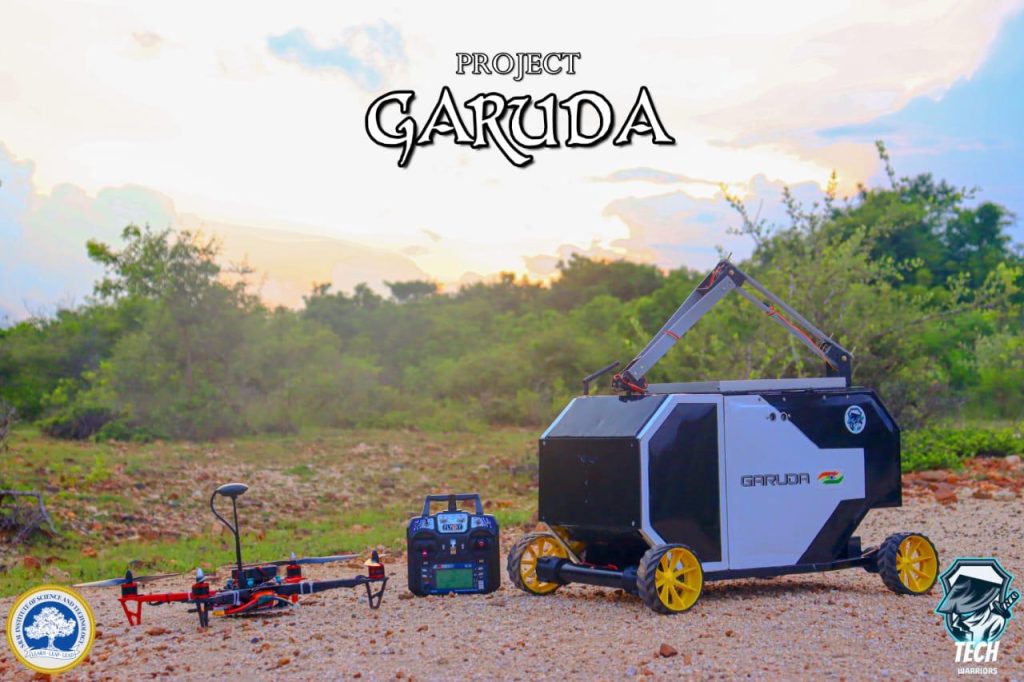
Prioritises animal rescue in the event of a fire. Additionally, the rover tests water quality to ensure
that it is safe for animal use, and it alerts the forest department if illegal logging activities are
detected. One of its key roles is to assist in GARUDA is the name of our rover, designed to patrol
the forest and monitor its environment. It receives data from a drone equipped with various
sensors, which tracks events in the forest using GPS and transmits the information to the rover.
The rover’s primary focus is forest fire detection, and its design cleaning up litter around animal
habitats, contributing to a cleaner environment. The rover also identifies injured animals and
sends this data to the relevant authorities for prompt assistance. These various functions of the
rover aim to improve the overall ecosystem of the forest, helping to preserve wildlife and promote
a healthier environment. By combining these efforts, GARUDA not only assists in the immediate
rescue of animals but also contributes to the long-term sustainability and protection of the forest
ecosystem, ultimately benefiting the wildlife that depends on it.
Trash To Power
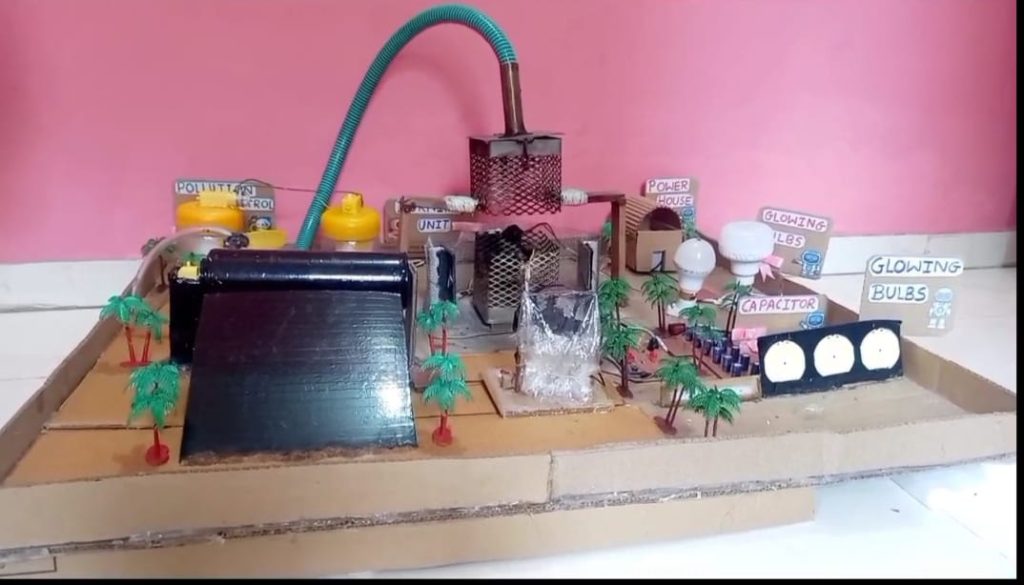
1. Renewable Energy Generation: To generate electricity from waste materials, reducing dependence on fossil fuels and promoting renewable energy.
2. Waste Management: To provide a sustainable solution for waste management, reducing the environmental impacts of waste disposal.
3. Greenhouse Gas Emissions Reduction: To decrease greenhouse gas emissions by utilizing waste as a fuel source, thereby mitigating climate change.
RainRising Bridge
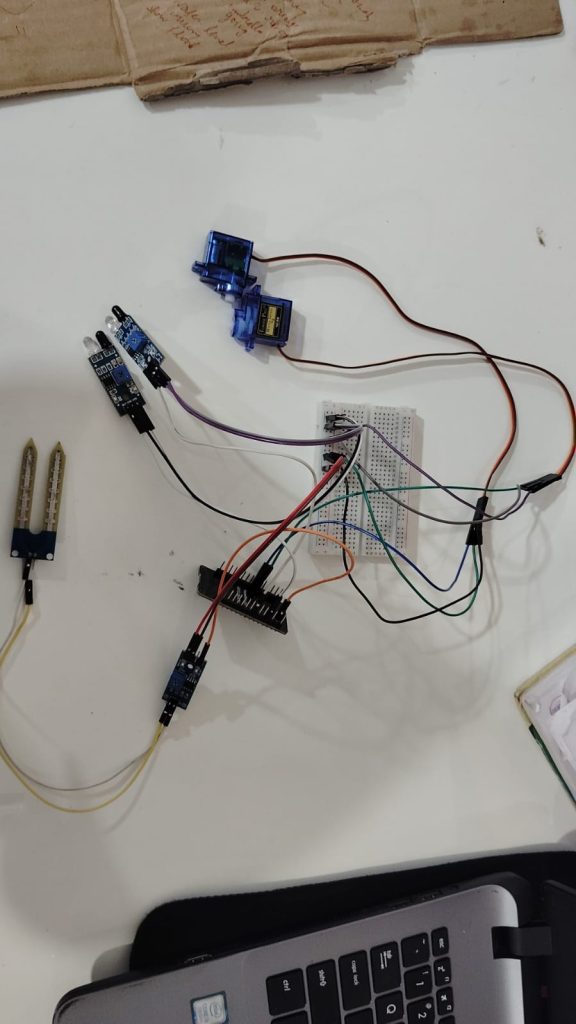
This project proposes an automated bridge-lifting system that utilizes a moisture sensor to detect rising water levels. When the sensor detects water, it sends a signal to a microcontroller (such as Arduino or Raspberry Pi), which then activates a motor to lift the bridge. Once the water recedes, the bridge can be lowered back to its normal position. This solution ensures timely response to flooding, preventing damage and enhancing safety.
EVision Lanes
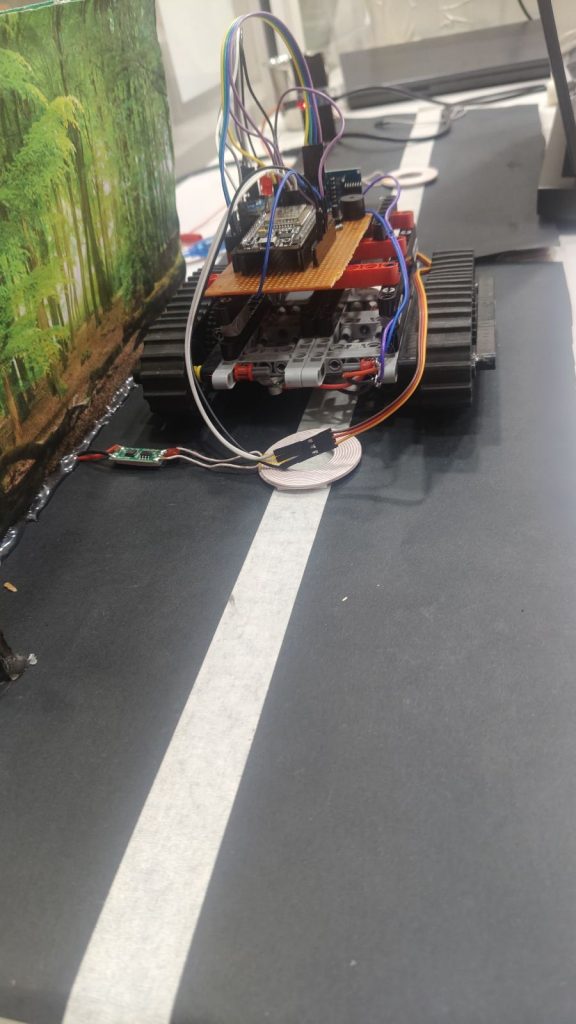
This project introduces a smart and integrated solution combining Wireless EV Charging Lanes with an IoT-Based Emergency Alert and External Airbag System to enhance both sustainable mobility and road safety.
The EV Charging Lane uses IR sensors and inductive wireless charging modules to detect a vehicle’s presence at the entry and exit points of the lane. When a vehicle is detected, charging begins automatically and continues as the car moves through the lane—enabling wireless, on-the-go charging without the need for manual connections or prolonged stops.
The Emergency Alert and External Airbag System is powered by an ESP32 and includes ultrasonic sensors, an ADXL335 accelerometer, servo motors, buzzers, and LED indicators to detect collisions or high-impact motion. In the event of an accident, the system deploys external airbags and sends real-time emergency alerts to hospitals and responders. The alert data, including impact severity and location, is displayed live on the ThingSpeak IoT platform for monitoring and quick response.
This project targets electric vehicle owners, smart city planners, and transportation authorities, aiming to boost EV adoption, enhance road safety, and promote intelligent transport systems. It showcases how the integration of IoT and automation can create a more sustainable and responsive mobility infrastructure.
bot recycling

The components are not fitting in
Don’t have enough samples of bottles
What should we use when people give us bottles.
Automatic road spray painting
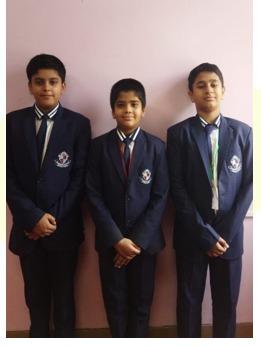
It is a project that helps the workers it is based on industrial innovation and infrastructure
carbn Ink
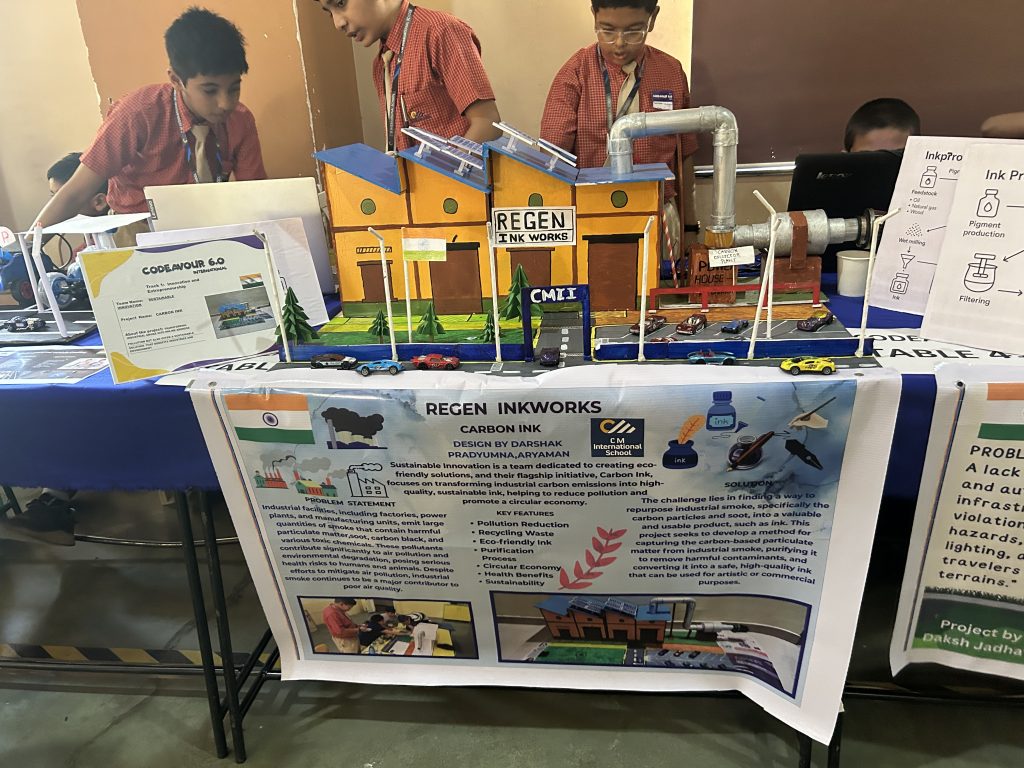
The challenge lies in finding a way to
repurpose industrial smoke, specifically the
carbon particles and soot, into a valuable
and usable product, such as ink. This project
seeks to develop a method for capturing the
carbon-based particulate matter from
industrial smoke, purifying it to remove
harmful contaminants, and converting it
into a safe, high-quality ink that can be used
for artistic or commercial purpose
Smart Dustbin for Parks
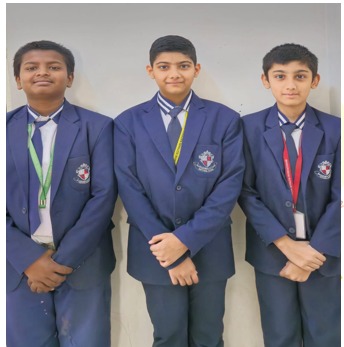
An automated dustbin with sensors for efficient waste disposal, promoting cleanliness. It can also reward users for proper disposal, encouraging eco-friendly behavior.
Attend Guard
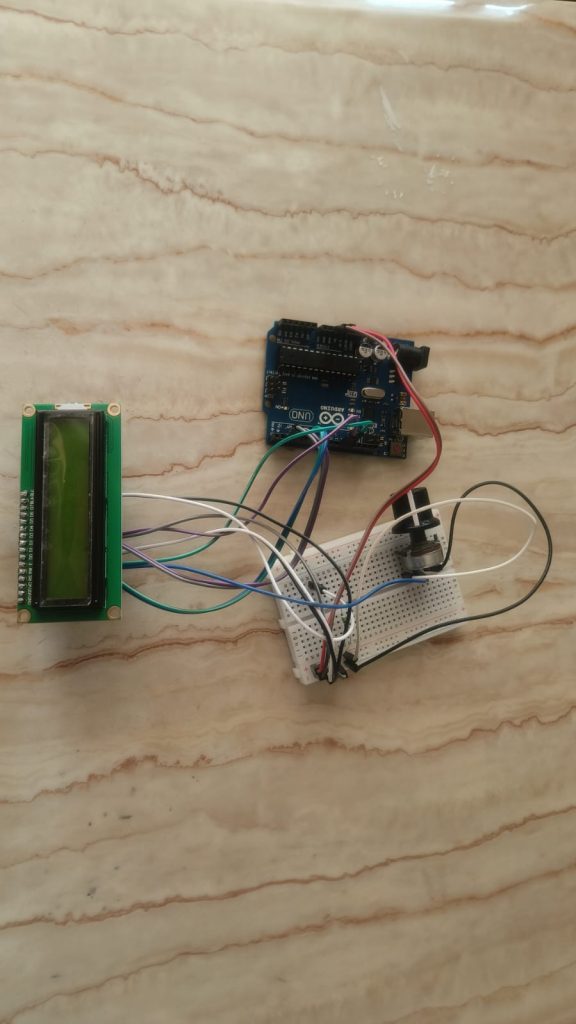
This project will scan students’ faces when they enter the school bus and make a list of present students. Another camera at the school entrance will check if the same students enter the school. If a student is missing, the school will be notified.
The system will also stop students from leaving before 2:00 PM. If a student needs to leave early, they must get approval from a class teacher or coordinator. The system will automatically update attendance and send alerts if a student is missing.
Sloth Robot
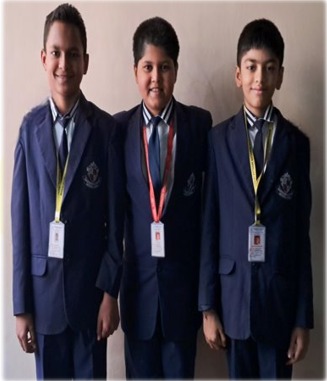
Our project, Sloth Robot, is an innovative, autonomous robot designed to mimic the movements of a sloth using Arduino Uno.
It utilizes sensors and motors for controlled movements, providing a unique example of blending industry and robotics.
